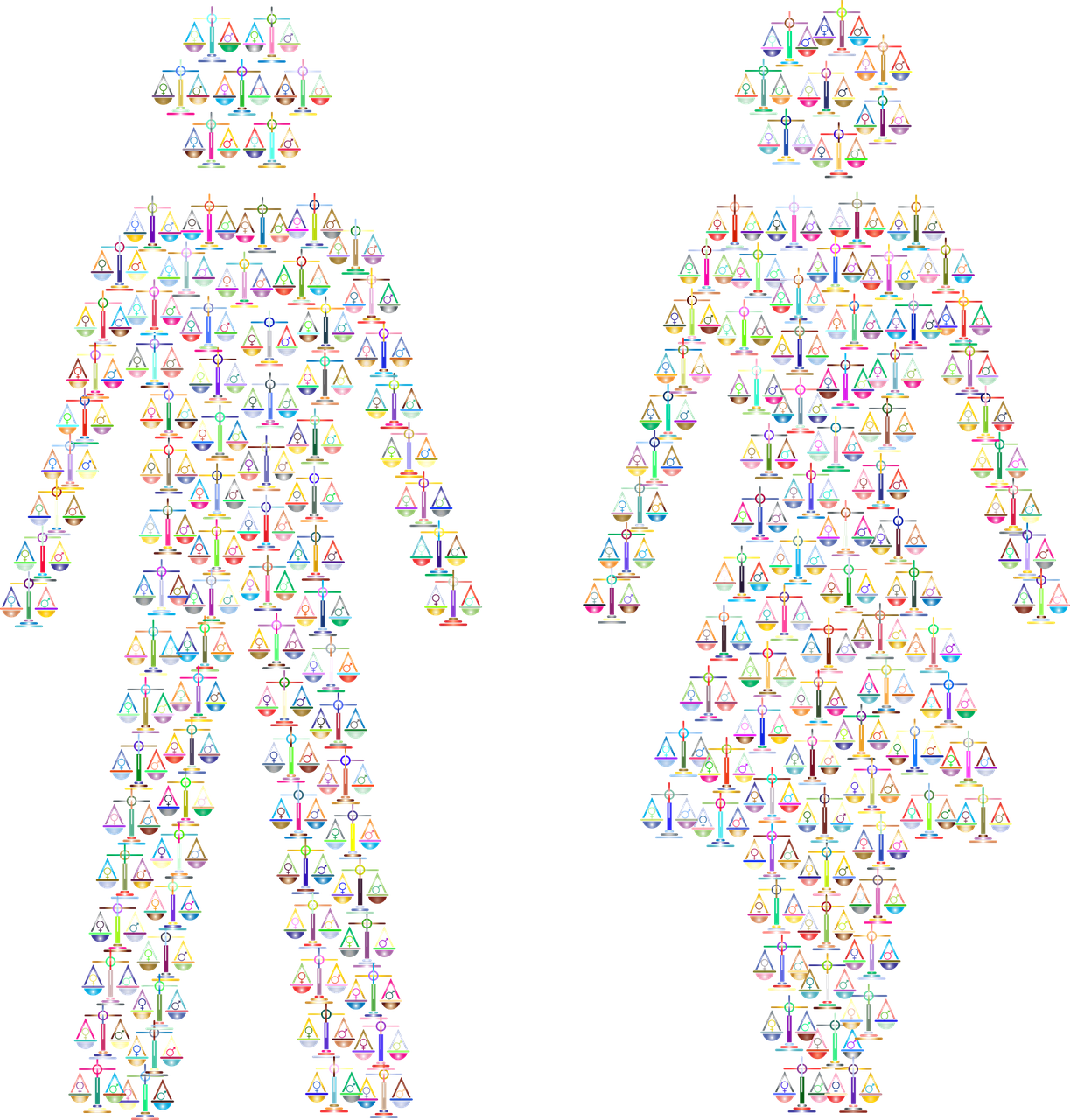Monitoring G7 performance on gender equality
For many years, the advancement of gender equality at G7 summits has remained fairly siloed and issue-specific. After many calls for gender mainstreaming by experts, Canada’s G7 2018 presidency has committed to making advancing gender equality and women’s empowerment a theme that will be incorporated across all summit issue areas and included in all ministerial meetings. This builds on the G7’s recognition that gender equality is a fundamental human right and signals to the world that it is a top priority for Canada’s presidency, with the intention that the global community will follow suit.
A COORDINATED APPROACH
One way to determine the level of commitment by the G7 to advance gender equality is to take count of the number of collective, future-oriented, politically binding commitments made at each summit. The G7’s first gender-related commitment was in 1996, when leaders pledged to ensure that women benefit fully and equally from the recognition of human rights and fundamental freedoms. Until recently, G7 commitments on gender equality remained very sporadic and specific, often focusing on a different element each year. It was not until 2015 that the number of commitments increased significantly to 32 and included a wide range of policy areas, such as vocational training, sexual violence prevention, and female economic empowerment and inclusion.
This increase was likely due to the prioritisation of gender equality on the summit agenda for the first time. Since then, the number of gender commitments has continued to increase, including at Taormina in 2017 with 69 – the most to date. Taormina’s gender commitments covered a variety of topics including female entrepreneurship, health, poverty alleviation, and science, technology, engineering and mathematics (STEM).
Further measures to determine the G7’s commitment to gender equality include assessing compliance with commitments. The G7 Research Group has measured 19 commitments over the 21 years the G7 has been making promises on gender. The G7 has averaged a compliance score of 75%, below the overall G7 compliance average of 81%. Canada and the United States tend to be among the high compliers and Russia the lowest.
GRADUAL IMPROVEMENTS
According to the International Monetary Fund (IMF), gender equality in G7 countries has improved steadily since 1990, which coincides with the adoption of the Beijing Declaration at the Fourth World Conference on Women, a United Nations resolution that outlined principles to achieve equality between men and women. The IMF’s conclusion is based on the UN’s Gender Development Index, which measures gender gaps by accounting for disparities between women and men in three basic dimensions of human development: health, knowledge and living standards. According to this measure, many G7 members score fairly highly: Germany, Canada and the United States are among the top 10 worldwide. Russia is again the lowest ranked member at 49.
Despite progress, gaps still exist in women’s labour force participation rates, which remain 17 percentage points lower than men’s. There is still a wage gap of 14% between men and women, and the number of men at the managerial level is almost double the number of women. On top of this, 70% of unpaid care work is carried out by women. These figures are, of course, all related.
THE NEED FOR CONSENSUS
To improve compliance with their gender equality commitments and to advance gender parity at home and abroad, G7 members need to reiterate their commitment to women’s rights, including equal pay for equal work, land ownership rights, sexual and reproductive rights, and the elimination of violence against women. This is particularly important as the current US administration continues to signal a desire to roll back policy measures implemented
to empower women.
Beyond that, Canada has an opportunity to lead other G7 members in adopting a ‘gender-based analysis plus’ to government policies and gender-based budgeting. This encourages governments to assess how their policies influence their citizens differently depending on sex, gender, race, ethnicity, religion, age and disability. The Canadian presidency has set out a framework to make significant progress at the G7 summit, including through engaging relevant actors and experts. The real test, however, will be whether consensus can be reached as a group on these issues.













